I had been on the hunt of an analogue range finder camera for a while. Since I don’t plan to switch to another system camera, a fixed lens, affordable one would suit my needs. I had been checking the local listings with the hope that I would find a camera supporting full manual settings with a working light meter, ideally requiring no battery to operate. I don’t need a light meter measuring with 21st century precision standards. I need one either to support or confuse me while I am guessing. That’s my joy, who cares. Finally, I have got one Beauty from a trusted private seller whom I dealt with before, a Beauty, don’t get me wrong, it is the brand, an obscured Japanese brand dissolved in early 60s. According to the online information I can find, mine is the second generation of the series.
Before I received the package, I have searched for and found the user manual in Butkus. When I saw some photos in the document, a woman handling the camera, it seemed quite big. I was curious a bit, and thought the woman was small. When I received the camera, then I understand the dimensions. The woman was certainly not small. This camera has almost the same form factor and similar size with my Nikon FE. It is as heavy as FE too. It feels solid 60s production, produced to last. All the settings are done via the rings installed around the lens. It has a self-timer and surprisingly it is working. When I did a few focus practices, the distance was correct compared to my DF’s readings.
It has a selenium light-meter, and a needle view on the top plate and in the view finder. The objective is to align it to the centre as much as possible. It has a sort of exposure index feature, if it is right to say so, coupling the speed and the aperture setting and allowing to move them together with the ISO setting ring. The settings may be overridden at any time by using their individual rings. So, once you measure the light, set the aperture and shutter, you can change the exposure value without changing that measurement easily, without counting the steps down and steps up with aperture and shutter corelation.
The lens is Biokor S f1.9 45mm. I know it is a good lens. I read a few posts here and there, hearing about the guys converting the lens to use with the digital cameras. I don’t have any plans to dismantle it as it is too beautiful. Here are the photographs taken with the Beauty on Ilford hp5 400.
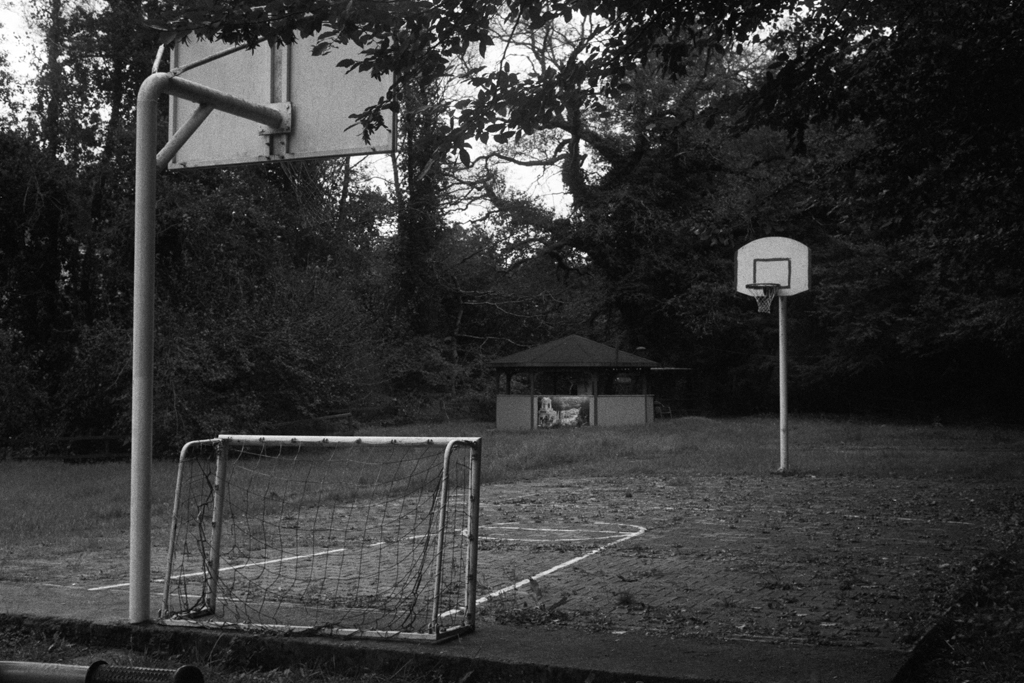
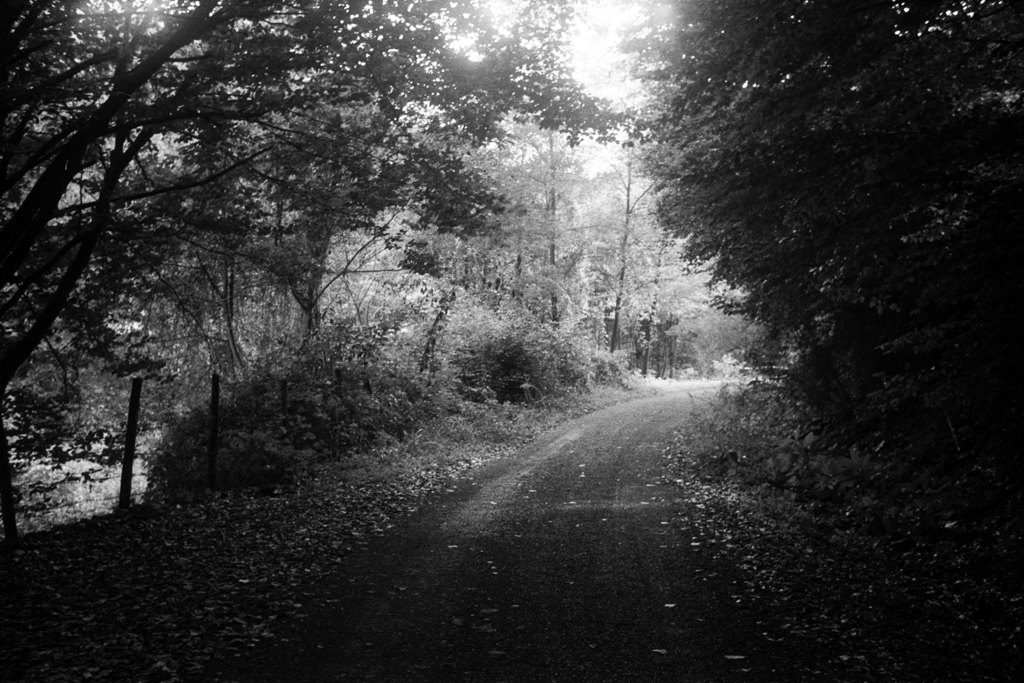
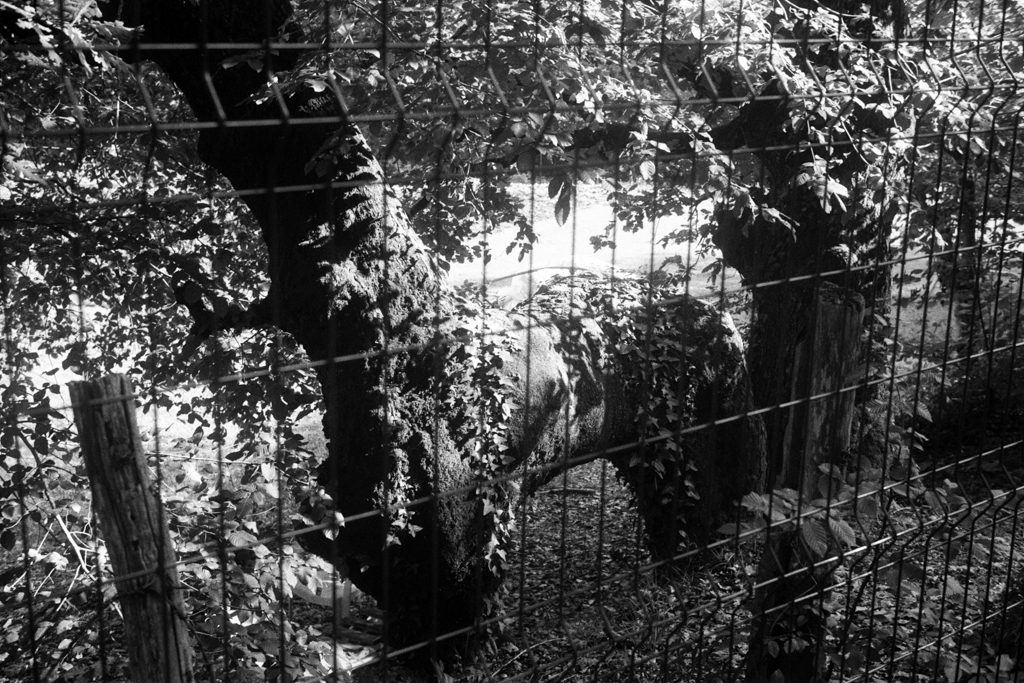
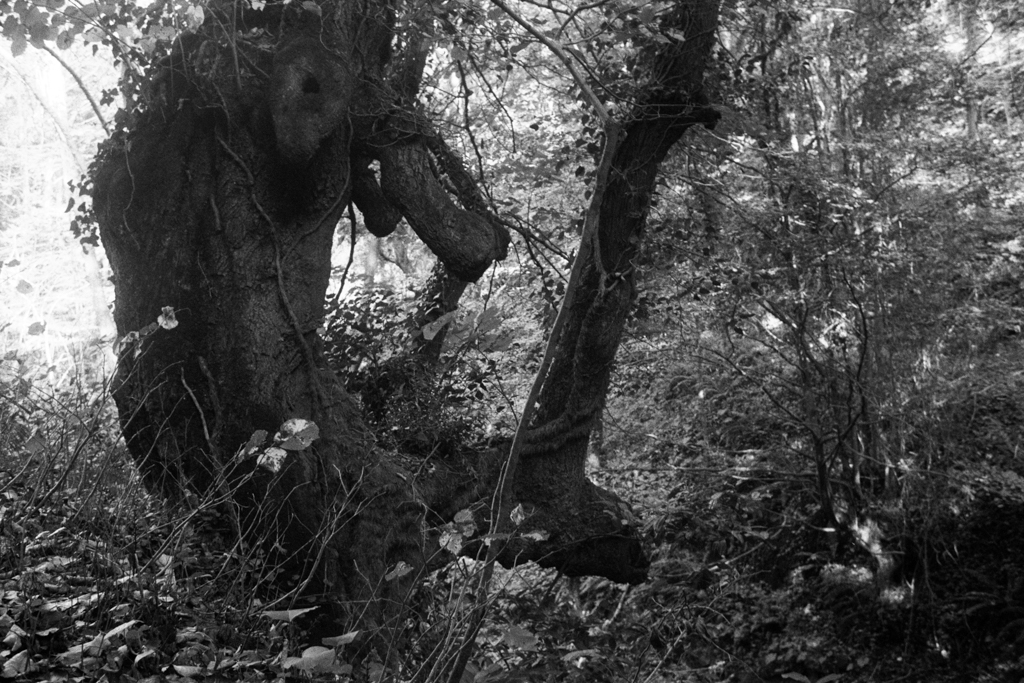
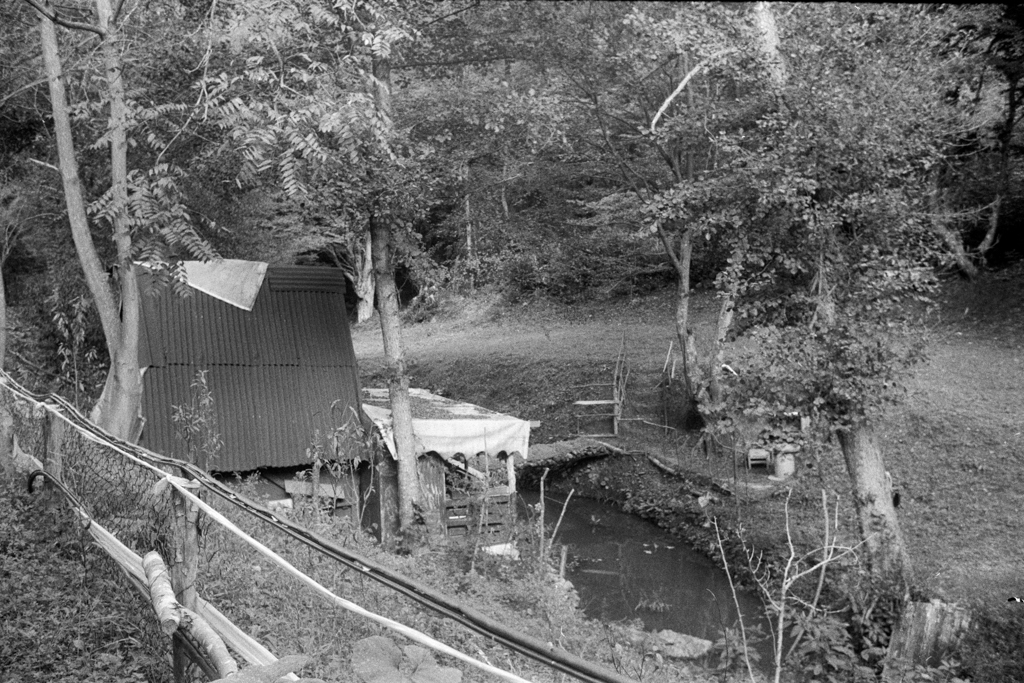
Thank you for reading. You may reach me on Instagram.
Share this post:
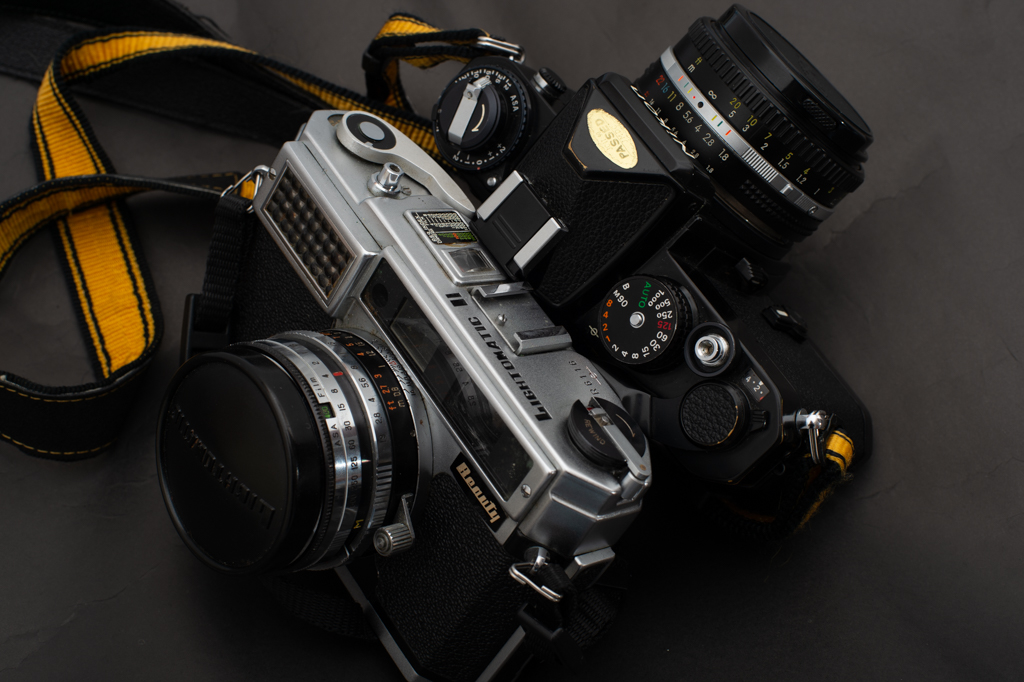








Comments
Russ Rosener on 5 frames with Beauty Lightomatic II
Comment posted: 29/11/2024
Your photos have those fantastic smooth gradations and open shadows which lenses from that era are renowned for. Lens makers try to emulate it today. However it doesn't seem to possible as that rendering is a relic of the raw materials and manufacturing craftmanship of a bygone era.
Comment posted: 29/11/2024
Steviemac on 5 frames with Beauty Lightomatic II
Comment posted: 29/11/2024
Comment posted: 29/11/2024
Jeffery Luhn on 5 frames with Beauty Lightomatic II
Comment posted: 30/11/2024
I enjoyed your article. I've never seen or heard of the Beauty camera, but it looks similar to other rangefinders I've owned. Classic function. A lot of those were in dump bins of second hand stores when I was in high school in the late 1960s. I had one that produced good images, but I bought into Nikon. I have no idea what brand it was, or where it went, but it sure looked like yours.
I liked your photos.
Jeffery
Comment posted: 30/11/2024
Thomas Wolstenholme on 5 frames with Beauty Lightomatic II
Comment posted: 30/11/2024
I really like the photograph of the country lane. Very evocative of all sorts of imaginings.
Comment posted: 30/11/2024
Bill Brown on 5 frames with Beauty Lightomatic II
Comment posted: 30/11/2024
Comment posted: 30/11/2024
Man Jacovus on 5 frames with Beauty Lightomatic II
Comment posted: 08/12/2024
Comment posted: 08/12/2024